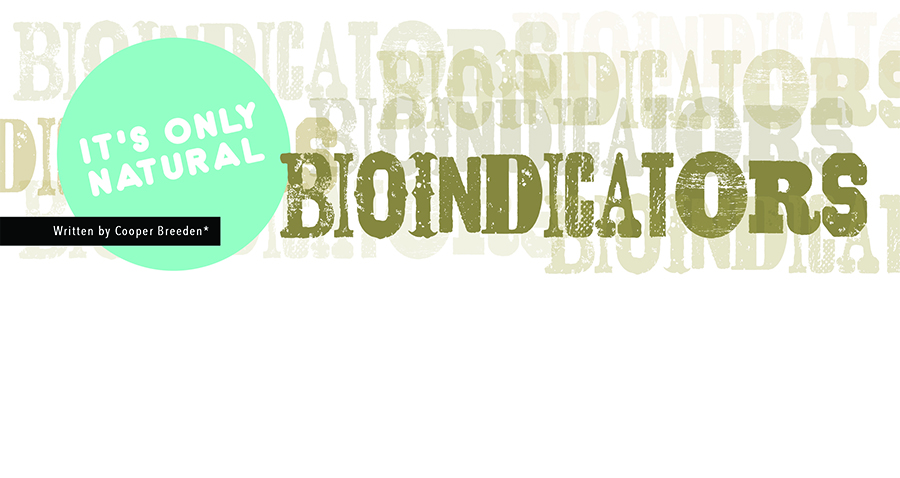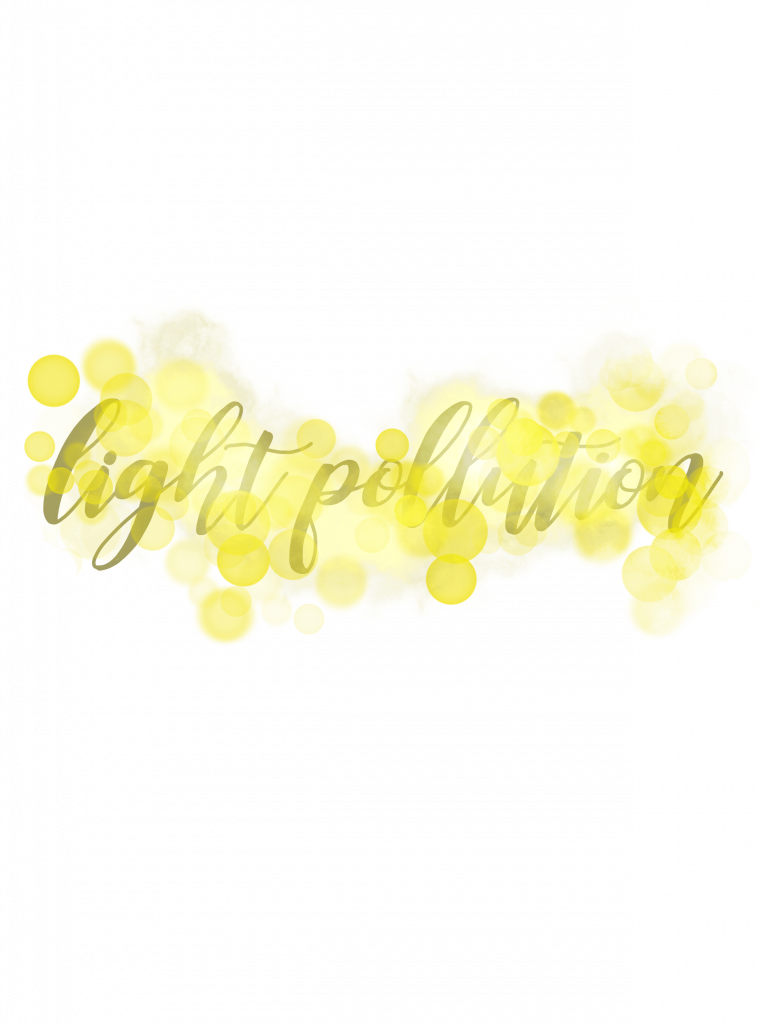
John Scott Haldane was a physiologist in the late 19th and early 20th centuries who had a fascination with the nature of gases. He has a number of accomplishments to his name, but perhaps what he is most colloquially famous for is his experimentation with small animals, most notably canaries, to detect dangerous gases. Canaries have fast metabolisms, so they are affected by dangerous gases (such as carbon monoxide in coal mines) before humans. Since Haldane used canaries in coal mines, the practice of using organisms, or groups of organisms, to detect an environmental change has become much more prevalent. Or said another way: the presence or composition of different organisms indicate certain environmental conditions—these organisms are bioindicators. There are a number of other monikers for these organisms—ecological indicator, indicator species, biomonitors—and while the definitions of these terms vary, they are often used interchangeably.
Bioindicators like fish, algae, and macroinvertebrates are used in aquatic environments to detect levels of pollution. However, macroinvertebrates—small animals without backbones that are visible to the naked eye—are more commonly used. These include insects (both in their larval and adult stages), mollusks (clams, mussels), worms, crustaceans, and crayfish. Because these animals have varying sensitivities to pollution, they make great bioindicators. When scientists collect an assemblage of these different macroinvertebrates using specific protocols, they can plug their data into an algorithm that is used to assess the water quality of the area under question. Similar procedures are used for fish and algae.
Out of the water, bioindicators are used to test for air pollution. Lichens (composite organisms made of an algae or cyanobacteria in a symbiotic relationship with a fungus) get their nutrients directly from the atmosphere—making them perfect air bioindicators. Lichens have three main forms: crustose (crust-forming), foliose (leaf-like), and fruticose (shrub-like). Like macroinvertebrates, different kinds of lichens have different sensitivities to pollution. In general, the crustose lichens are the most tolerant to air pollution, which is the reason you may still see them commonly in urban areas. Side note: the Smoky Mountains are a hotspot for biodiversity for many types of organisms, and the same is true of lichens—more species have been seen there than in any other national park.
In addition to gauging pollution, bioindicators can also track the impact humans have on environments. Scientists use a test called the floristic quality assessment to monitor plant communities. The idea is that each plant has a certain affinity to natural, undegraded areas. Plants that score high are, in general, found in pristine habitats, whereas low-scoring plants may be found in the cracks of a sidewalk or on the side of a road. Like the macroinvertebrates, a whole community of plants is taken into consideration before plugging the data into the equation. The result is a rating that shows how much a given site has been affected by humans.
If a scientist is interested in knowing the degree of a specific environmental impact, why not measure the impact directly, pollutant or otherwise, instead of spending the time counting and identifying groups of plants or animals as a proxy measure? For one, it can be more costly. Measuring the levels of a pollutant can require specialized technologies that have a prohibitive cost and require a very specific skill set. Second, bioindicators allow for a more complete picture of the impact in question. While measuring the levels of a pollutant at one time may give you precise information of that moment, an analysis of the bioindicators gives a picture of the cumulative impact—past, present, and future—since a scientist will be looking at bioindicators at many different stages in their life cycles.
The use of bioindicators extends beyond these examples. In some cases, bioindicators assess the effectiveness of a restoration project. In others, they are a helpful decision-making tool in prioritizing land acquisition for a park, natural area, or other public development. Their practicality is so widely recognized that bioindicators have even wiggled and rooted their way into our legal system. For instance, all states have protocols for macroinvertebrate monitoring as a way of assessing the health of our water bodies. However they are used, the organisms around us allow us to better understand our impact on the world and hopefully play a part in reducing that impact.
Cooper Breeden is the conservation coordinator for the Tennessee Plant Conservation Alliance and is finishing up his graduate degree at Austin Peay, focusing on botany and ecology. In the past, he worked in watershed and wetland restoration, environmental education, fisheries management, and philanthropy.



